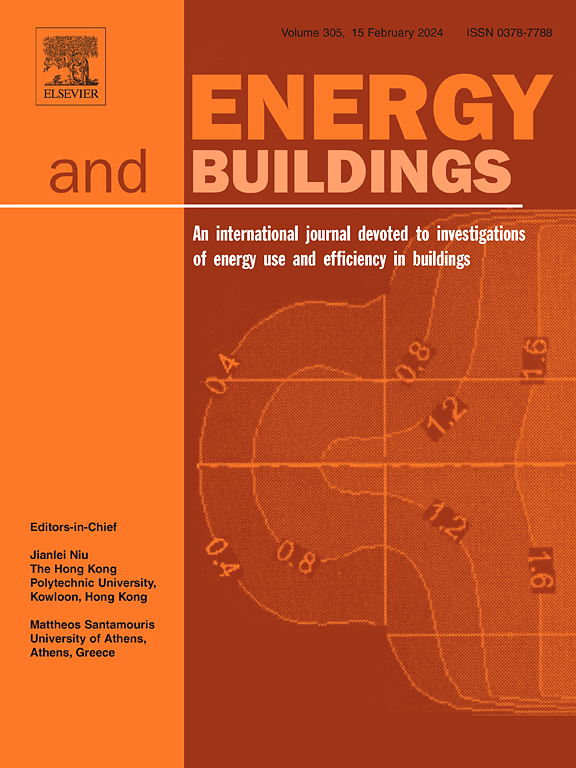Exploring cognitive functions variability at ambient temperatures from 20 °C to 48 °C: An fNIRS study
IF 6.6
2区 工程技术
Q1 CONSTRUCTION & BUILDING TECHNOLOGY
引用次数: 0
Abstract
Exposure to elevated temperatures is known to impair task performance and diminish work efficiency. Functional near-infrared spectroscopy (fNIRS), celebrated for its non-invasive and portable characteristics, is extensively utilized in brain function research. This study explores the potential of fNIRS signals in assessing cognitive function across a range of ambient temperatures. Twenty-four right-handed university students were subjected to eight temperature conditions (20, 23, 26, 30, 35, 40, 45, and 48 °C) in a climate chamber. Changes in oxygenated hemoglobin (O2Hb) concentration within the prefrontal cortex (PFC) were measured during both resting and task states using a 22-channel fNIRS system. The data revealed significant variations in brain activity within the lateral prefrontal cortex (VLPFC) and dorsolateral prefrontal cortex (DLPFC) across different temperatures during the resting state. A quadratic relationship (R^2 > 0.7) between ambient temperature and resting state O2Hb concentrations was established through correlation analysis. Under cognitive tasks, peak activations for the 2-back, trail-making, and addition tests were noted at 20 °C, while the Stroop test reached its peak activation at 26 °C. Further, correlations between task performance and fNIRS-derived cognitive metrics were analyzed. Specifically, the Stroop test displayed pronounced variations in the hemodynamic response function (HRF) relative to ambient temperature, with changes in O2Hb concentration consistent with variations in task performance as temperatures increased. These findings highlight the reliability of fNIRS as a tool for assessing cognitive dynamics under thermal strain.
求助全文
约1分钟内获得全文
求助全文
来源期刊

Energy and Buildings
工程技术-工程:土木
CiteScore
12.70
自引率
11.90%
发文量
863
审稿时长
38 days
期刊介绍:
An international journal devoted to investigations of energy use and efficiency in buildings
Energy and Buildings is an international journal publishing articles with explicit links to energy use in buildings. The aim is to present new research results, and new proven practice aimed at reducing the energy needs of a building and improving indoor environment quality.
 求助内容:
求助内容: 应助结果提醒方式:
应助结果提醒方式:


